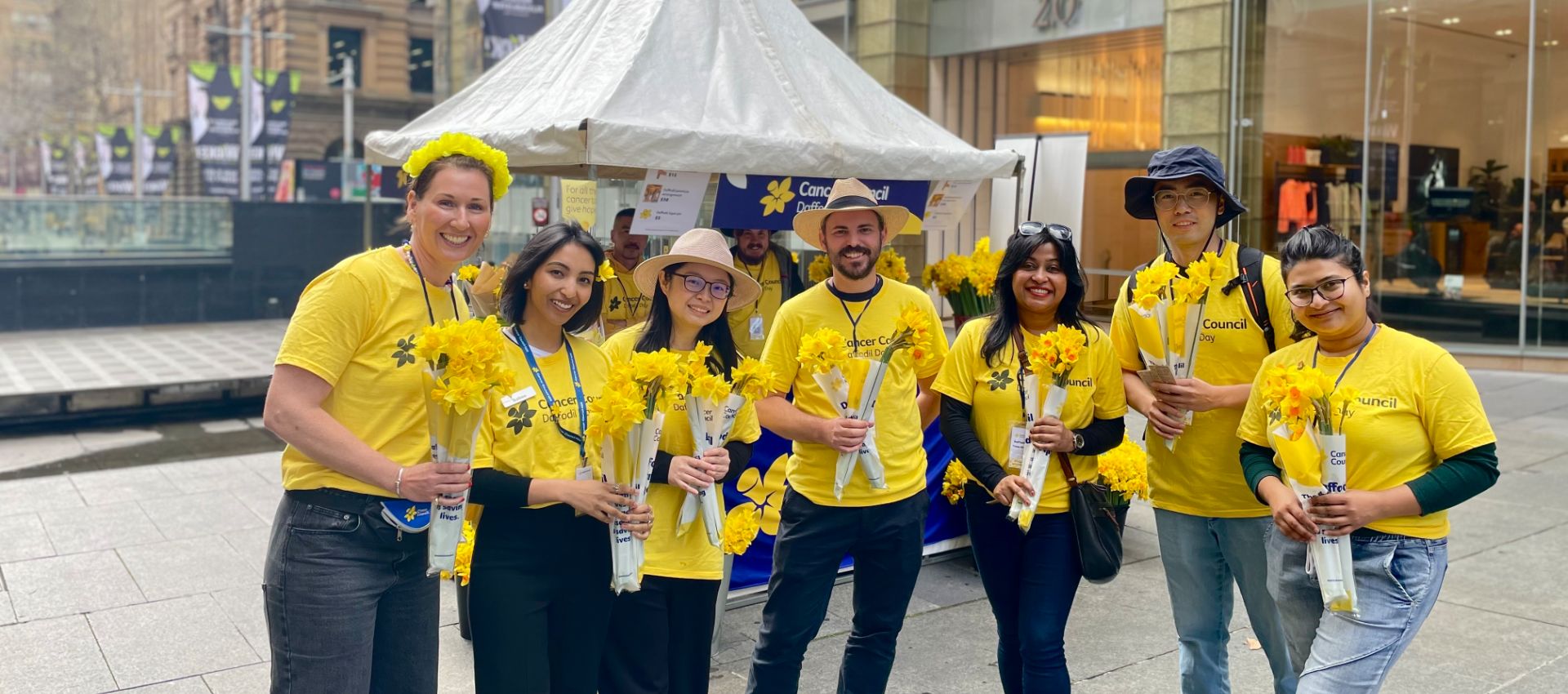Communicating underwater is no easy feat – and the process becomes even more complex when the communication needs to be secure.
In the underwater domain, radio signals don’t transmit far, optical sensors only travel efficiently for about 50m and underwater acoustics suffer from noise, interference, echoes and delays in transmission.
A program set up by the United Kingdom’s Defence Science and Technology Laboratory (Dstl), and supported by scientists from Australia’s Defence Science and Technology Group (DSTG), aims to address this problem.
Phorcys is a set of protocols intended to provide Defence personnel with secured-by-design underwater communication.
Acting almost like an ‘acoustic WiFi’ in the ocean, Phorcys enables personnel and systems working underwater to communicate securely with other submerged vehicles – or even transmit information and messages to assets on the surface.
With the scope of the underwater battlespace changing, including the increased use of autonomous vehicles for low-level operations or mine-hunting, the need for a tool that ensures ongoing high-level security is a priority.
Phorcys encodes all data it transmits and cannot be deciphered without access to a cryptographic key.
Acting almost like an ‘acoustic WiFi’ in the ocean, Phorcys enables personnel and systems working underwater to communicate securely with other submerged vehicles.
This means information shared between various underwater assets can be protected by different classification levels and caveats.
DSTG Discipline Lead Justin Dinale said there was a major focus on integrating Phorcys into underwater autonomous vehicles and sensors.
“We would love to integrate Phorcys into emerging capabilities, like Rock Lobster, our underwater communication node,” he said.
Investigating and addressing the challenges of communicating underwater has been an interesting experiment.
“We have to examine the way information is transmitted underwater, as well as how different Defence systems talk to each other,” Mr Dinale said.
Mr Dinale said he doesn’t envisage Phorcys being the sole solution for Defence’s underwater communication.
“We believe the primary communication method will be a sovereign capability, and Phorcys will be used for interoperability with our partners,” he said.
Since the beginning of its development in 2018 – in partnership with the UK Government, Sonardyne, QinetiQ, Newcastle University and University of York – the capability has been undergoing testing in a range of Defence contexts, including the Autonomous Warrior 2023 exercise in Jervis Bay.
At this exercise, through the support of L3 Harris and Forcys Australia, L3Harris IMSA and Sonardyne modems transmitted to each other.
“Autonomous Warrior was an excellent opportunity to get industry stakeholders together to work on the prototype,” Mr Dinale said.
“This year, we will continue to work with our industry partners to strengthen their Phorcys implementation’s Doppler & Interference resistance and noise performance.”






